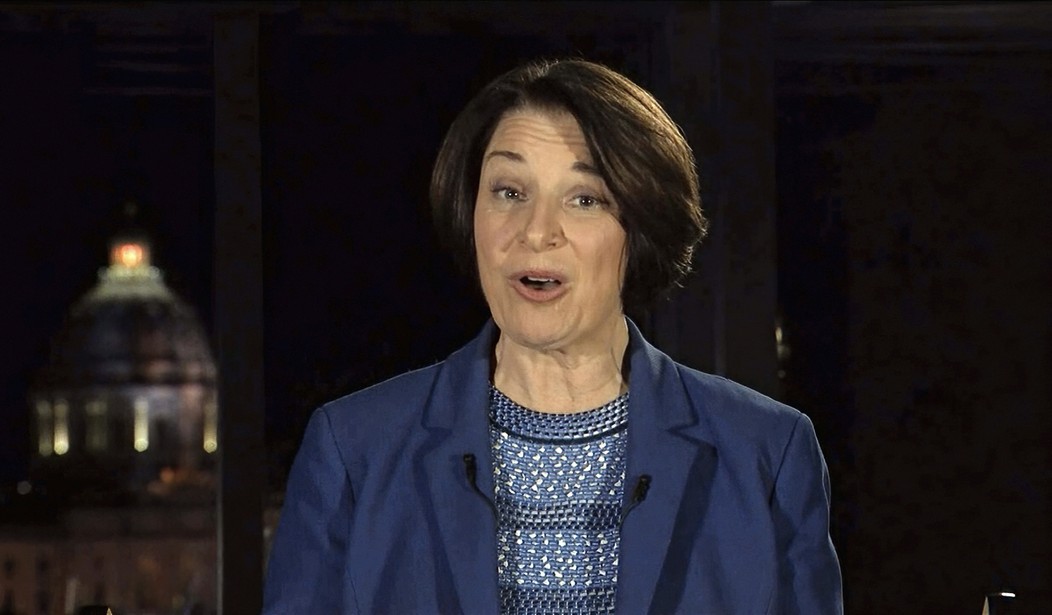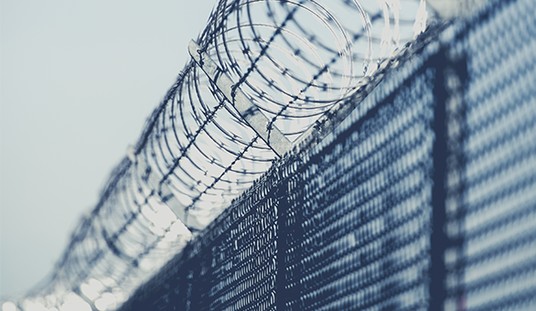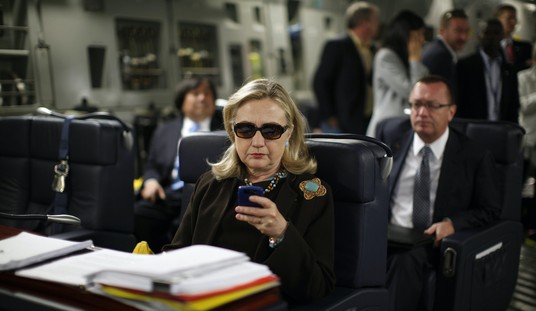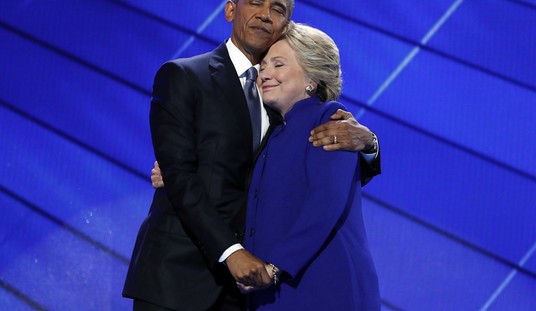The Democratic Party is heading into the next election cycle in total disarray. As we previously reported, CNN’s chief data analyst Harry Enten revealed this week that the party is more fractured now than at any time in recent memory. Support is collapsing, there’s no clear frontrunner for 2028, and the base itself is tuning out. It’s the beginning of a full-blown political identity crisis.
“Democrats at this point are historically divided,” Enten said bluntly on Friday. “It is a complete and utter mess. It is messier than a hoarder’s basement.” Polling shows that no Democrat has cracked the crucial 25% support mark in early national primary surveys—a number that, in past cycles, signaled unity around a frontrunner. Biden had it in 2020. Hillary had it in 2008 and 2016. Gore had it. Today? No one. Not even close.
Worse still, the party’s favorability ratings are in freefall. Enten cited three separate polls showing the Democrats deep underwater—30 points in the Wall Street Journal, 26 in CNN’s own poll, and another 26 in Gallup. And the most damning part? This isn’t just independents and Republicans jumping ship—it’s Democrats. “That is being driven in large part by discontent within the Democratic base,” Enten said. “The Democratic base wants something different.”
And yet, in the face of this glaring rejection from their own voters, the party leadership continues to live in denial. During an interview on CNN’s “The Arena,” host Kasie Hunt asked Sen. Amy Klobuchar point-blank why Democrats aren’t connecting with voters
Hunt wanted to know why, despite some softening in support for Donald Trump on key issues like the economy and immigration, voters still aren’t embracing Democrats as they did in 2018. “What's different now? Why aren't Democrats feeling the love from voters?”
ICYMI: 'It Was a Cover-up, Plain and Simple': The Russian Collusion Hoax Explained
Klobuchar’s response was proof Democrats don’t have any idea what’s wrong with their party. She didn’t mention Biden’s failures, its focus on identity politics, or the party’s internal chaos—she blamed Trump.
“They’re just feeling that there’s more chaos, more corruption, and their costs are going up,” Klobuchar said. “And they know when Republicans control both houses and he’s president, this is a rubber stamp situation.” That’s the fallback strategy: pretend Democrats aren’t in crisis, and point fingers at Trump instead.
Klobuchar touted vague proposals on childcare and housing and claimed Democrats are fielding “incredible” new candidates, citing North Carolina’s Roy Cooper as an example. But even that was framed around Republican Thom Tillis backing out—again, not a ringing endorsement of Democrat strength. She rattled off scattered state-level wins and insisted enthusiasm will magically return once candidates are in place: “You’re going to see those numbers go way up for Democrats.”
Amy Klobuchar is asked why Democrat polling numbers are so low.
— Western Lensman (@WesternLensman) August 2, 2025
Her answer?
It’s Trump’s fault. 🤣 pic.twitter.com/CdFHWc91yD
This is what happens when a party refuses to confront its failures. Instead of facing the reality of Biden’s failed presidency, collapsing support, and a base that’s checked out, Democrats are defaulting to the same old narrative: blame Trump, distract with side issues, and hope the media can cover the cracks.
But that strategy isn’t working anymore. The polling is brutal. The base is bailing. And the leadership vacuum is growing. For a party that spent the last decade claiming to be the responsible stewards of democracy, what we’re witnessing now looks less like leadership—and more like free fall.










